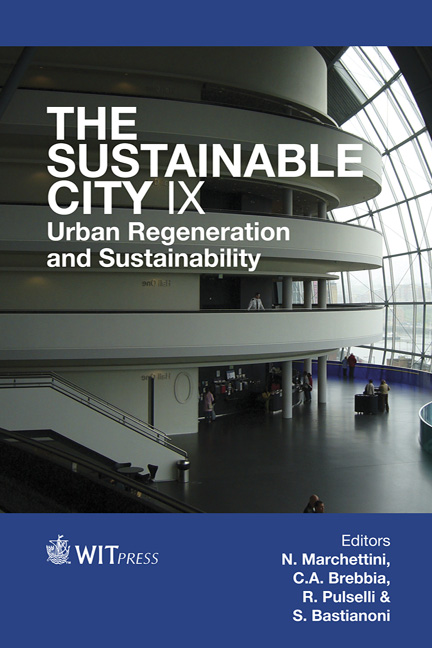Emergy Evaluation And Life Cycle Assessment Of A Second Generation Bioethanol Production
Price
Free (open access)
Transaction
Volume
191
Pages
11
Page Range
1051 - 1061
Published
2014
Size
451 kb
Paper DOI
10.2495/SC140892
Copyright
WIT Press
Author(s)
N. Patrizi, F. Morandi, F. M. Pulselli
Abstract
Bioethanol is obtained from various raw biomasses and by means of optimized process technologies. It can be a substitute for gasoline, which implies greenhouse gas (GHG) emission reduction. The type of feedstock determines the classification of bioethanol: first generation (starch-based biomass or simple sugar-based feedstock) and second generation (lignocellulosic material as straw and wood). Second generation bioethanol production requires cellulosic biomass, which overcome the problems of first generation like food competition and low efficacy in GHG emission reduction. Sustainability evaluations of (first and second generation) bioethanol production have been proposed in the past by means of systemic indicators like emergy analysis and Life Cycle Assessment (LCA). A joint use of emergy and LCA of a possible implementation of a second generation bioethanol production chain is presented in this study. The emergy methodology has been used to test the physical consistency of the investment required to implement the production process, as well as the benefit of the biofuel-gasoline substitution. The effect of this substitution has been also evaluated by including the LCA of this production chain within the GHG balance of the Province of Siena.
Keywords
biofuels, biorefinery, second generation bioethanol, geothermal heat, straw, greenhouse gas emissions (GHG), Life Cycle Assessment (LCA), emergy investment





